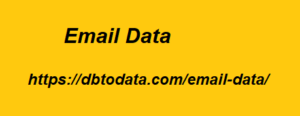|
|
It is commonly used on blogs or e-commerce category pages. If your website uses Infinite Scroll you must keep in mind that, as we have already mentioned, Google does not behave in the same way as users and does not move on to the next content by loading the content of the page. Therefore, using infinite scroll can cause indexing problems because Google will not discover some URLs at all. To test what Google might see on a page, you can use the rich results testing tool. Test Rich Results Click "Screenshot" to see what Google can and can't see on the page. How to deal with the limitations of infinite scrolling? One option is to use paginated infinite scrolling.
Our goal is to ensure that as users scroll down the page and new content begins to load, the page URL is also updated (for example, in the format ?page=2). Thanks to this solution, Google will have access to all the pages of our website and will be Email Data able to index them. All the necessary information a developer needs about paginated infinite scrolling can be found here. So remember: Google doesn't interact with your content, it doesn't click buttons, and it doesn't scroll through your content.

Using URLs with # is perfectly fine if we use them, for example, in a table of contents, as anchors to particular pieces of text that have already been loaded on the page. These addresses may appear in the GSC report and there is nothing wrong with that either. However, you should not use hash links (#) on elements that load content dynamically. JS frameworks like Angular and Vue generate URLs with #, and Google ignores these URLs and does not index them. This was highlighted by Google's official position. How do you explain this problem to a developer? In this case, we want to ensure that each page has a unique URL.
|
|